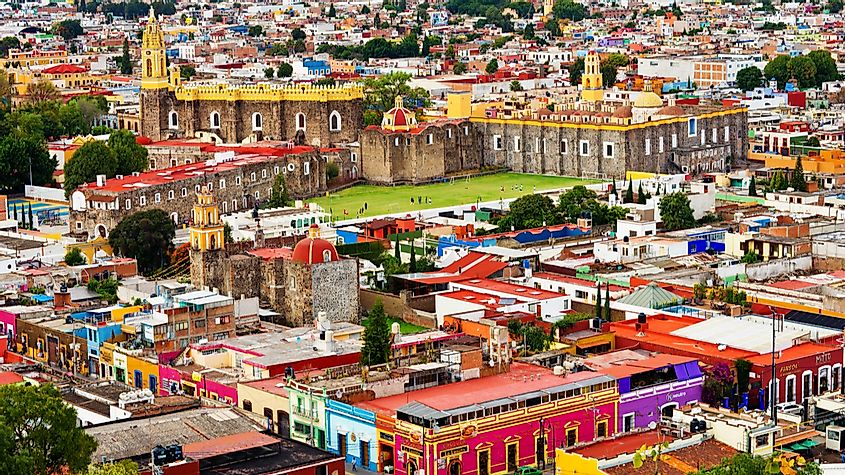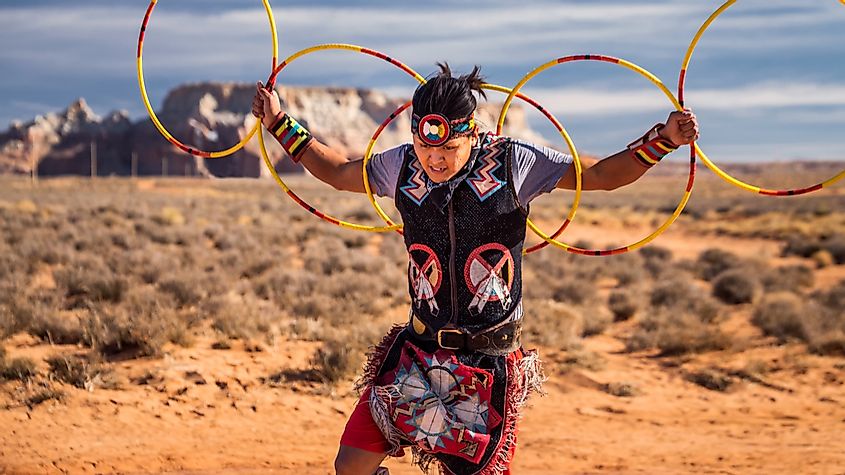5 Things You Should Know About: North America

- North America is home to all the major biomes: Arctic tundra, coniferous forest, deciduous forest, desert, grasslands, mountains, and rainforests.
- In addition to Canada and the United States, there are 21 other countries and several dependent territories in North America.
- Cholula, Mexico, is the oldest continuously inhabited city in North America.
North America is the third-largest continent in the world, spanning more than 2,500 miles from east to west and covering an area of 9.54 million square miles (24.71 million square km). Historians believe that people lived in the Americas as far back as 15,000 years ago, but some evidence suggests it was 20,000 years ago. Regardless, there are interesting facts about the continent that many people may or may not already know.
Here are five things you should know about North America.
1. It's made up of over 20 countries
In total, there are 23 countries in North America: Canada, the United States, Mexico, and all of Central America and the Caribbean. The continent also has several dependent territories, which include Puerto Rico, Bermuda, and Greenland. The US is the largest country by population with over 331 million people, while Saint Kitts and Nevis is the smallest with over 53,000 inhabitants.

2. Its oldest city is in Mexico
The oldest continuously inhabited city in North America is Cholula in Mexico. People have lived in the city since around the 2nd century BCE. Toltec refugees are said to have founded the city following the fall of Tula in 1,000 CE. Other theories suggest that the city’s first inhabitants were descendants of one of the main seven Aztec tribes. One of the city’s main attractions is the Great Pyramid of Cholula. It is considered the largest human-made pyramid by volume in the world and was dedicated to the god Quetzalcoatl.
3. It has many diverse climates...
North America is the only continent in the world with all of the world’s major biomes: the Arctic tundra, coniferous forest, deciduous forest, desert, grasslands, mountains, and rainforests.
The Arctic tundra is in Alaska, Canada, and most of Greenland. Coniferous forests are south of the Arctic tundra, while deciduous forests are in the mild temperate zones. Further south is the continent’s four major deserts: the Great Basin, the Sonoran, the Mojave, and the Chihuahuan. Grasslands (also called prairies) are found in hotter, drier climates.
Mountain ranges on the west form the American Cordillera, a chain of mountains that run from North America to South America. The continent has two types of rainforests: tropical in Central America and temperate in the Pacific Northwest.
4. ...and also diverse Indigenous cultures
Indigenous peoples lived throughout the continent before the European conquest of the Americas. Scholarly estimates of their population pre-Columbian exchange start around 1,000,000 go as high as over 50,000,000. The Indigenous people are grouped based on their residence area: North American (Canada and the US) and Middle America (Mexico and Central America).

Indigenous groups present in Canada and the US include the Inuit, Cree, Huron, Algonquin, Ojibwa, Navajo, Cherokee, and Iroquois, among many others. In Mexico, the Aztecs dominated much of the country. Other Indigenous civilizations that lived before European conquerors were the Olmecs, the Zapotecs, and the Maya.
5. The Columbian Exchange impacted the continent significantly
Christopher Columbus is known for opening up the Americas to the Europeans. But the movement of people, foods, and animals around the world, known as the Columbian Exchange, also brought over diseases. Columbus’ voyages had a devastating impact on the Indigenous people living in the “New World,” particularly in the West Indies (present-day Caribbean). He and his men enslaved many of the Indigenous people and treated them with violence.
However, disease was the biggest killer of the Indigenous peoples as they had no exposure or resistance to illnesses such as smallpox or measles. In total, historians agree that around 90% of all Indigenous people died due to contact with Europeans.
North America is vast, and its culture and diversity are even more so. Travelling its mountain ranges, rainforests, prairies, meeting its many peoples with different heritages, traditions and ways of life is sure to keep you entertained for many years to come.







